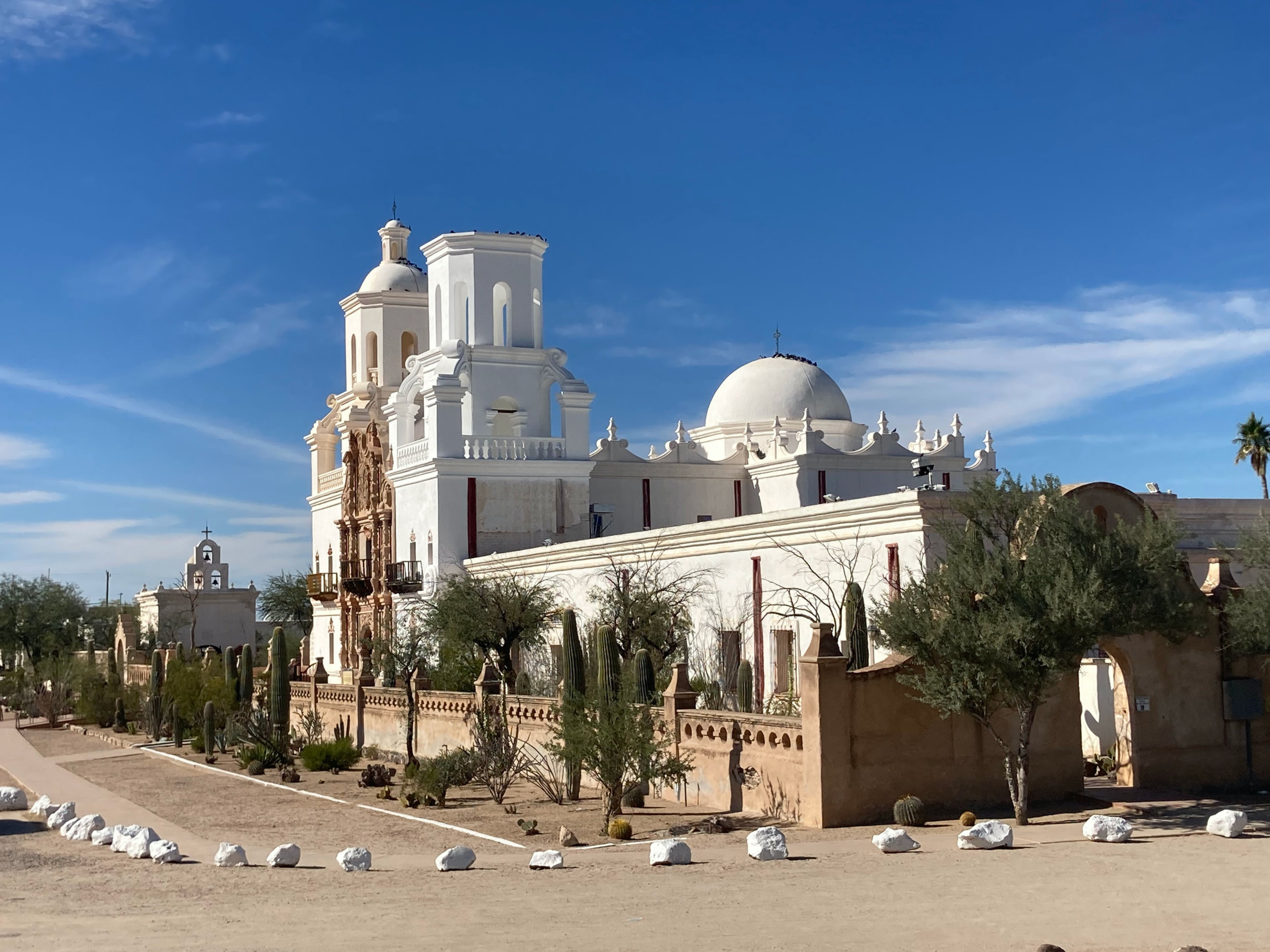Nestled in the heart of Texas history, the Alamo Mission, more commonly known as the Alamo, is a beacon of historical significance. Originally a Spanish establishment, this mission has undergone a remarkable evolution, from a center of faith to a symbol of valiant struggle. In this exploration, we delve into the Alamo’s storied past, examining its foundational years, its pivotal role in a historic battle, and its lasting legacy in the American narrative.
The Origins of the Alamo Mission
The Alamo’s journey began in the 1700s as the Misión San Antonio de Valero. Established by Spanish missionaries in what is now San Antonio, Texas, it served as a religious outpost and a counter to French expansion from Louisiana. This mission complex, with its church, residences, and agricultural operations, became a vital part of local life, blending Spanish, Native American, and later Mexican cultures. After its secularization in the late 18th century, the mission’s religious role waned, paving the way for its subsequent role as a military garrison, a chapter that would forever change its place in history.
The Battle of the Alamo: A Turning Point in Texas History
In 1836, the Alamo became the stage for a crucial chapter in the Texas Revolution, a conflict born from escalating tensions between Texan settlers and the Mexican government. Figures like Davy Crockett, William B. Travis, and James Bowie became synonymous with the defense of the Alamo, epitomizing the determination of the Texan forces.
The siege, initiated by Mexican President General Antonio López de Santa Anna, commenced on February 23, 1836. Despite their numerical inferiority, the Texans fortified their position. Travis’s iconic letter during the siege encapsulated their defiance, ending with the resolute words, “Victory or Death.”
The decisive assault arrived on March 6. The Mexican troops overpowered the Alamo, leading to a fierce confrontation that resulted in the fall of nearly all Texan defenders. This event, though a defeat, became a rallying point for Texan troops, inspiring the phrase “Remember the Alamo!” and significantly influencing the trajectory of the revolution. This eventually led to Texas securing its independence at the Battle of San Jacinto in April 1836.
The Alamo Post-Battle: From Ruins to Revered Monument
The battle left the Alamo in a state of disrepair, a stark reminder of the conflict and sacrifice it witnessed. Its significance was temporarily overshadowed, but the 19th and early 20th centuries saw a revival of interest in preserving this historic site. Restoration efforts transformed the Alamo from a battleground to a monument of national importance.
Efforts by groups like the Daughters of the Republic of Texas were pivotal in preserving the Alamo, ensuring its story would endure for posterity. Today, the Alamo represents more than a memorial to its courageous defenders; it symbolizes the perpetual strength and resolve that define the spirit of Texas and its people.
The Alamo Today: A Tourist Attraction and Educational Resource
Today, the Alamo stands in the midst of modern San Antonio, attracting visitors worldwide. The Alamo provides a window into its storied history with museum displays, informative guided tours, and vivid reenactments of the battle. More than a mere attraction for visitors, it functions as an essential educational resource, connecting learners and history aficionados directly with the events of the past. Educational initiatives, both in person and online, enrich understanding of the Alamo’s historical significance, while its archives provide invaluable resources for research and scholarly inquiry.
Controversies and Debates Surrounding the Alamo
The narrative of the Alamo is not without its complexities and disputes. Historians have debated the accuracy of its popular depiction, often challenging heroic portrayals in favor of a more comprehensive historical context.
Additionally, there is ongoing debate over the representation of both Mexican and Texan perspectives in the Alamo’s story. Critics argue for a more balanced historical account that includes diverse viewpoints. These discussions underscore the nuanced nature of historical interpretation and the influential role that monuments play in forging cultural identities.
These discussions emphasize the necessity of embracing a more comprehensive and diverse viewpoint on history, highlighting the need for a holistic and inclusive approach to understanding historical events.
Conclusion
The Alamo Mission stands as a powerful symbol in American history, representing a pivotal moment of bravery and sacrifice.
The intricate past of the Alamo encourages contemplation on the essence of heroism and the stories that inform our perception of historical events. More than just a monument to a pivotal moment in history, the Alamo offers insight into the wider themes of historical development, cultural identity, and the collective memory.
